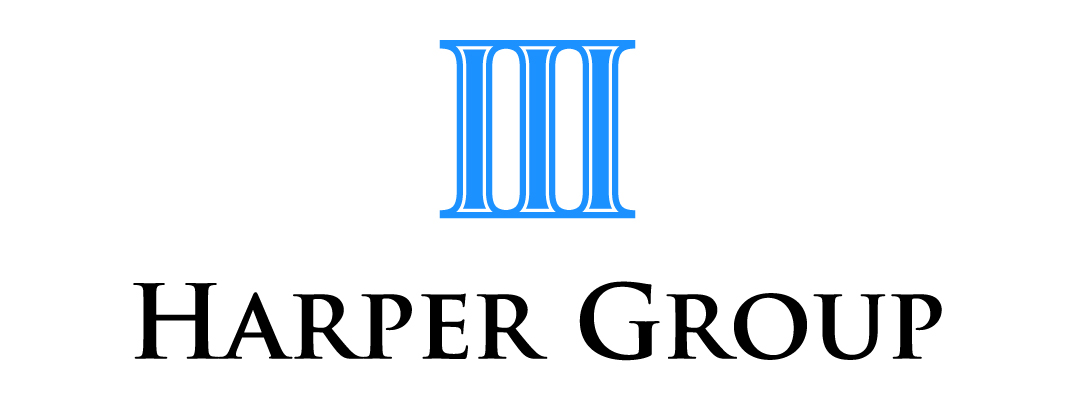Superannuation re-contribution could save your family money
The idea of withdrawing money from superannuation and then putting it back again, might seem counterintuitive. But that is exactly what a superannuation re-contribution strategy entails. If eligible, why might you do this? The answer is to save your family money.
Let’s get some background first.
Not everyone can withdraw money from superannuation. Generally, to withdraw money from superannuation you must satisfy a condition of release. For some people this occurs when a member of a superannuation fund permanently retires from gainful employment after reaching their ‘preservation age’. For other people, this can occur when they attain the age of 65. There are other situations where a condition of release can be satisfied, but these two are the main ones.
Your preservation age varies depending on when you were born. The maximum preservation age is 60 and this is applicable if you were born on or after 1 July 1964. If you are over 60, withdrawals from your superannuation fund are tax-free.
On the assumption that you can withdraw money from superannuation, you might consider a re-contribution strategy. This should only be undertaken after receiving advice from a qualified financial adviser. If your fund is not a self-managed superannuation fund, you also need to watch any fees that might arise.
A re-contribution strategy is where someone takes money out of their superannuation fund and then puts it back in as a non-concessional contribution. Non-concessional contributions are made without claiming a tax deduction. While this might seem pointless at first, it creates a tax-free component within your superannuation fund.
Most superannuation accounts contain two types of money:
Taxable components: From employer contributions, personal contributions with tax deductions, and investment earnings.
Tax-free components: From non-concessional contributions.
When you withdraw money from superannuation, tax-free components don’t get taxed. By converting taxable components into tax-free ones through a re-contribution strategy, you can save your beneficiaries from paying unnecessary taxes later.
However, the other part of this tax-saving strategy is that you have to die and leave your superannuation to your family or other beneficiaries.
When a death benefit is paid from a superannuation fund, whether the benefit is taxed depends on who receives it. If your spouse inherits your superannuation, it’s generally tax-free. But if one of your adult children inherits the superannuation, they pay tax on the taxable component at a rate of at least 15% plus the Medicare levy. The re-contribution strategy enables some, or all, of the superannuation inherited by an adult child to be tax-free. This is because the strategy turns the taxable component into a tax-free component.
If you are considering this strategy, you need to understand that there are limits on the amount of non-concessional contributions that can be made to a superannuation fund. Currently, this amount is $120,000 for one year. However, you can use the 3-year ‘bring forward rule’ to increase that to $360,000, if eligible. Also, you cannot make non-concessional contributions that would take your total superannuation balance above (currently) $1.9 million. If you are 75, you can no longer make such contributions.
So, if you don’t think you will use all of your superannuation before you depart this life, it might be that a re-contribution strategy could save your family many thousands of dollars. But ensure you speak with a financial adviser before setting out on this path.
Harper Group Pty Ltd – Chartered Accountants Frankston - Ph 9770 1547
Disclaimer: All information provided in this article is of a general nature only and is not personal financial or investment advice. Also, changes in legislation may occur frequently. We recommend that our formal advice be obtained before acting on the basis of this information.
Please note we at Harper Group Pty Ltd are not licensed to provide financial product advice under the Corporations Act 2001 (Cth) and taxation is only one of the matters that must be considered when making a decision on a financial product, including on whether to make superannuation contributions. You should consider taking advice from the holder of an Australian financial services licence before making a decision on a financial product.
